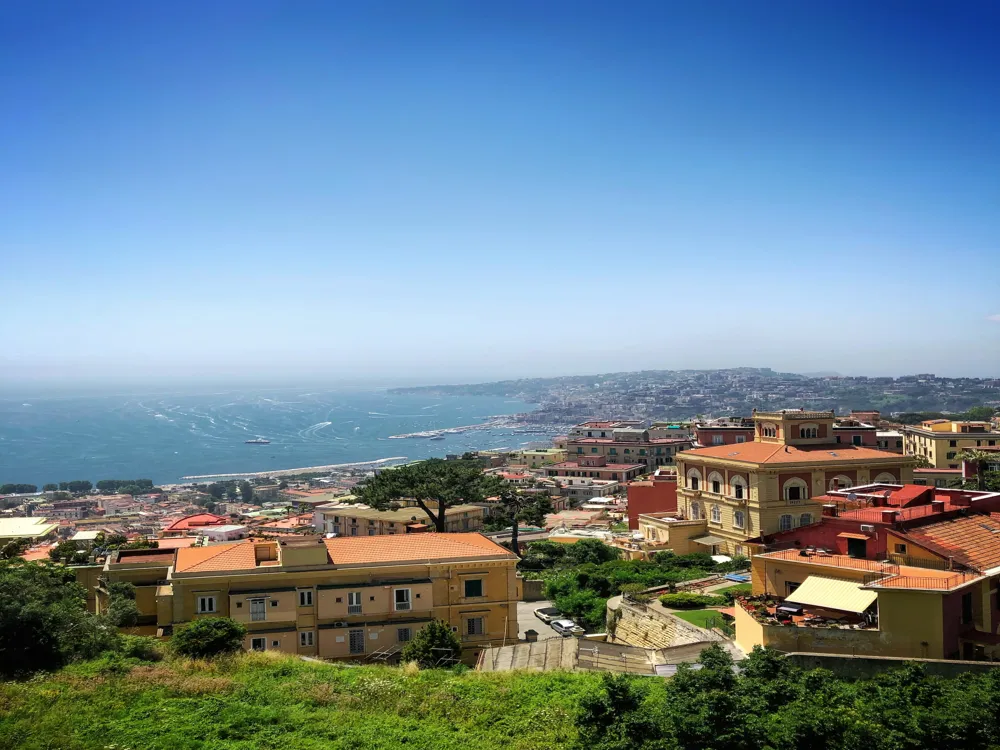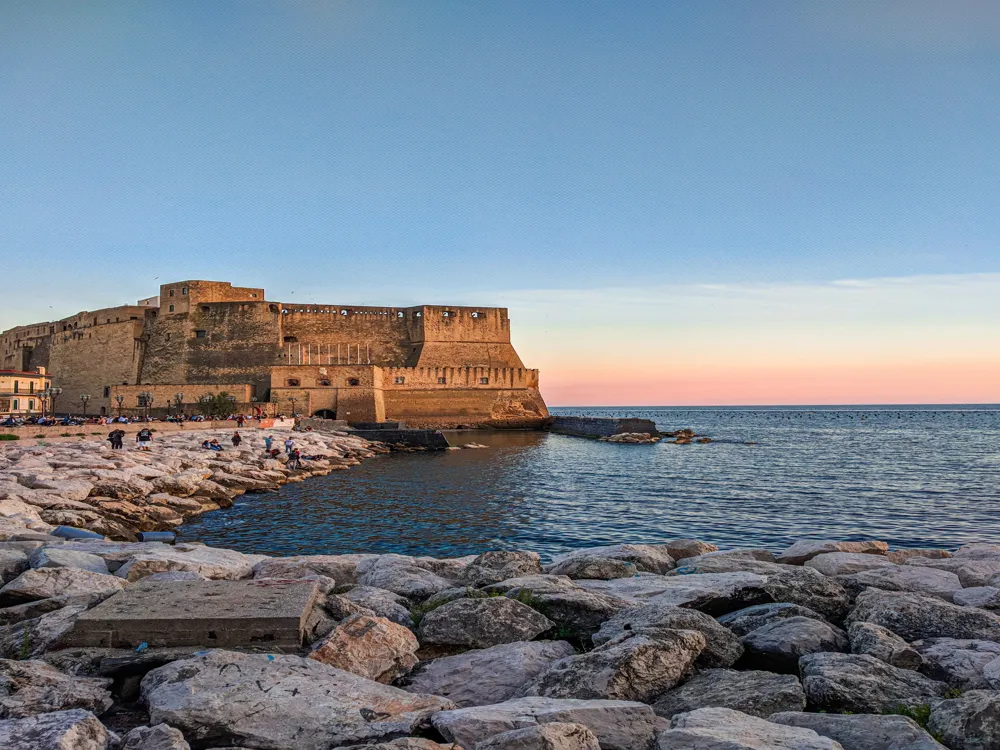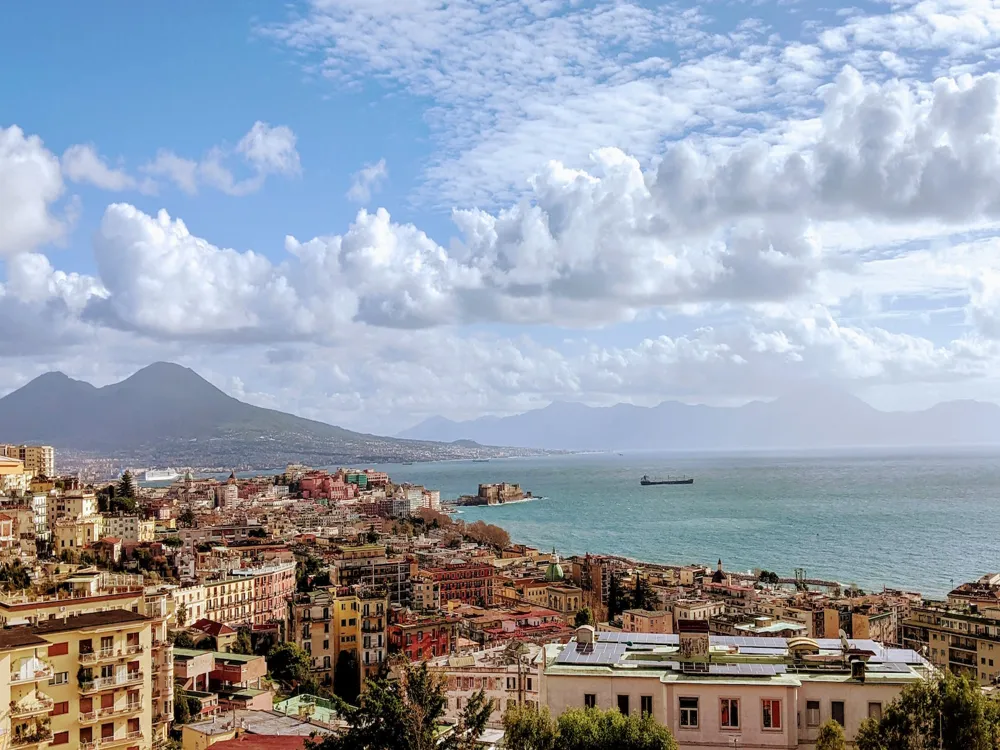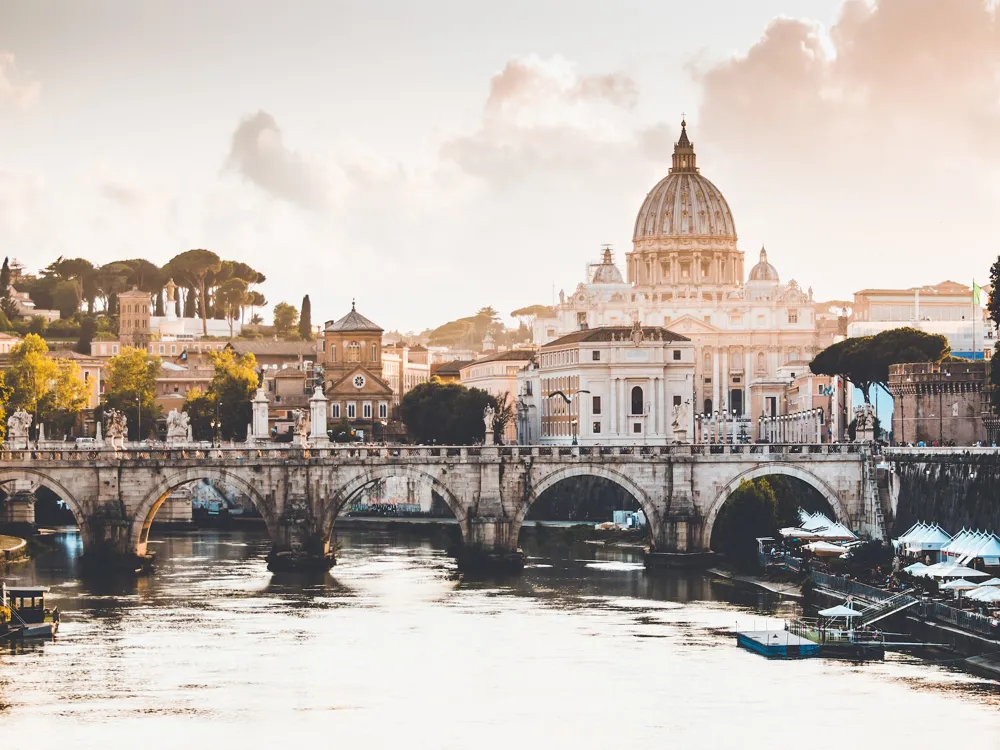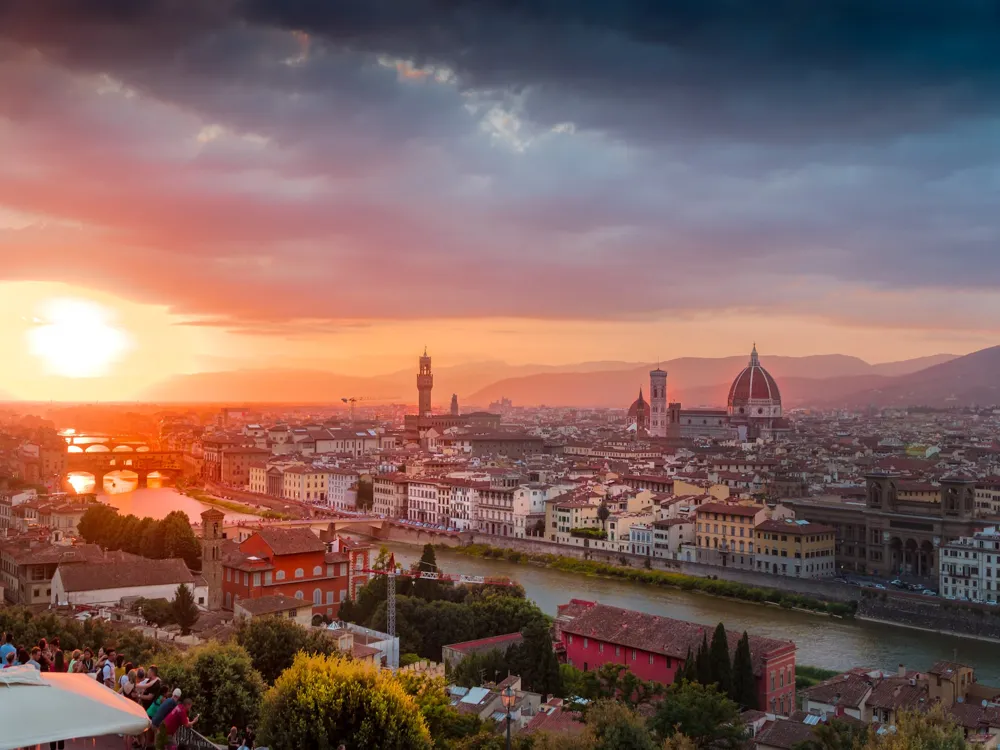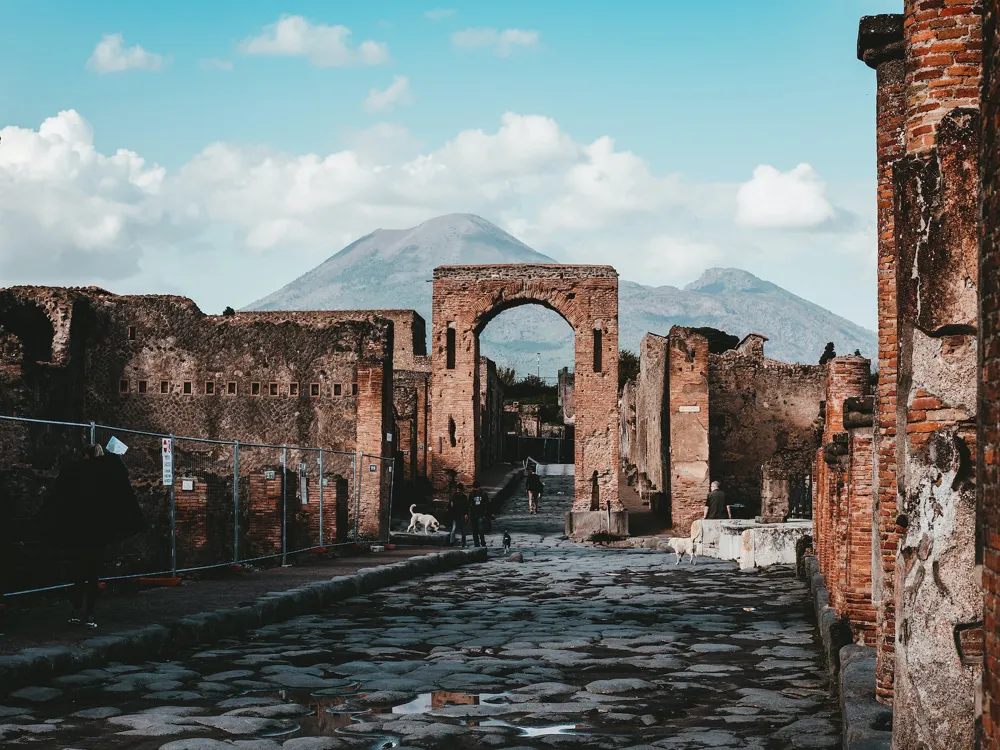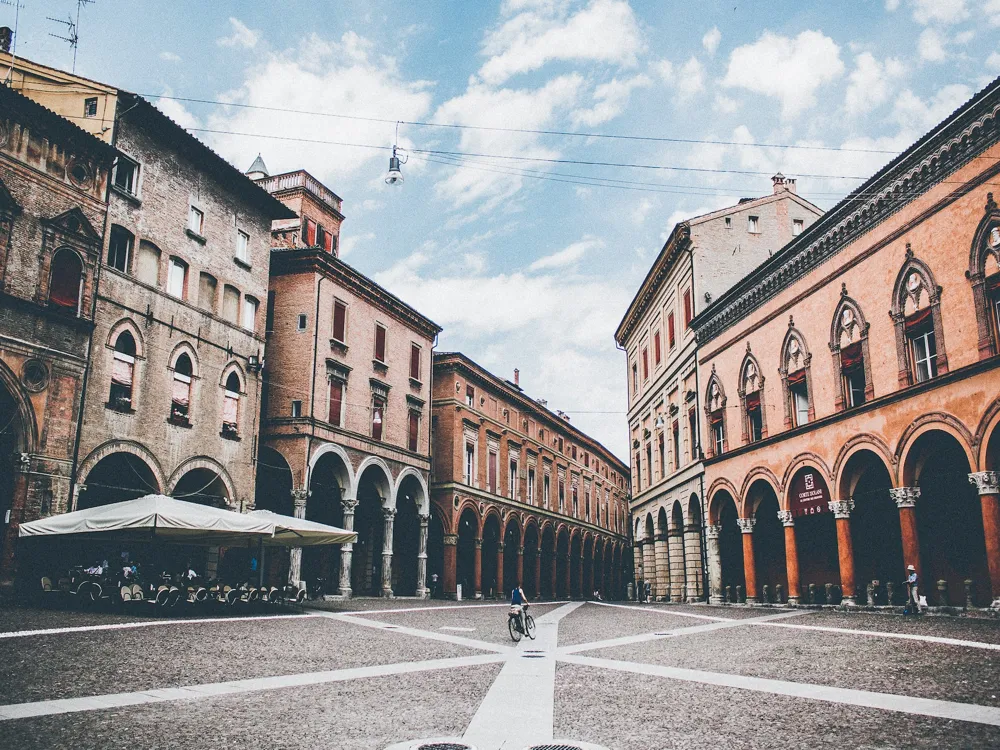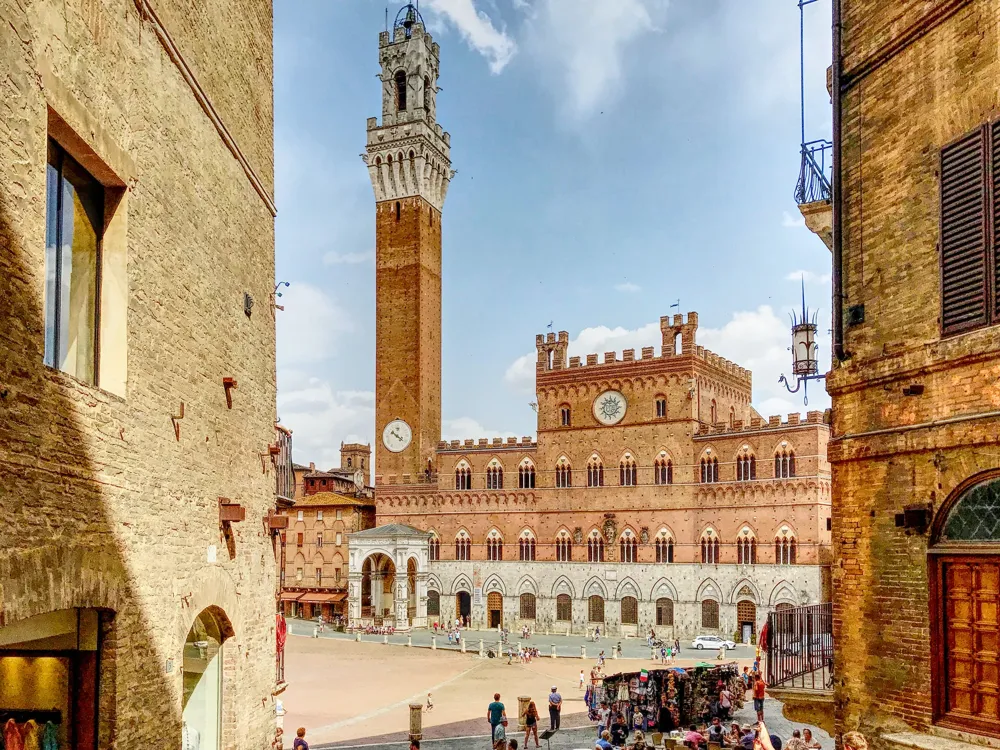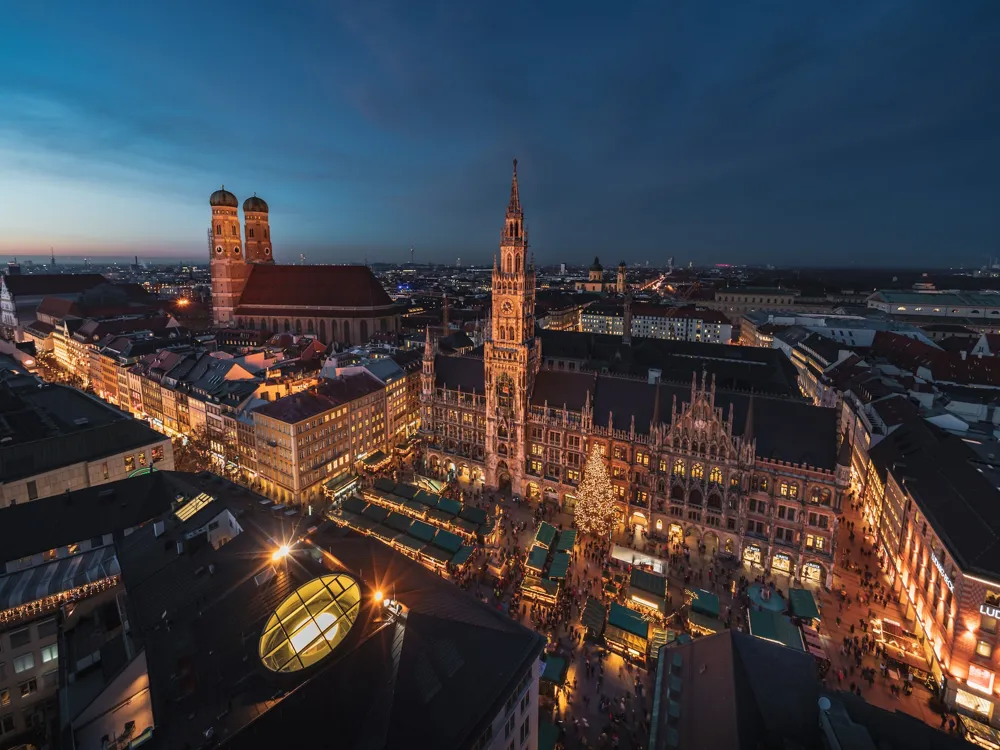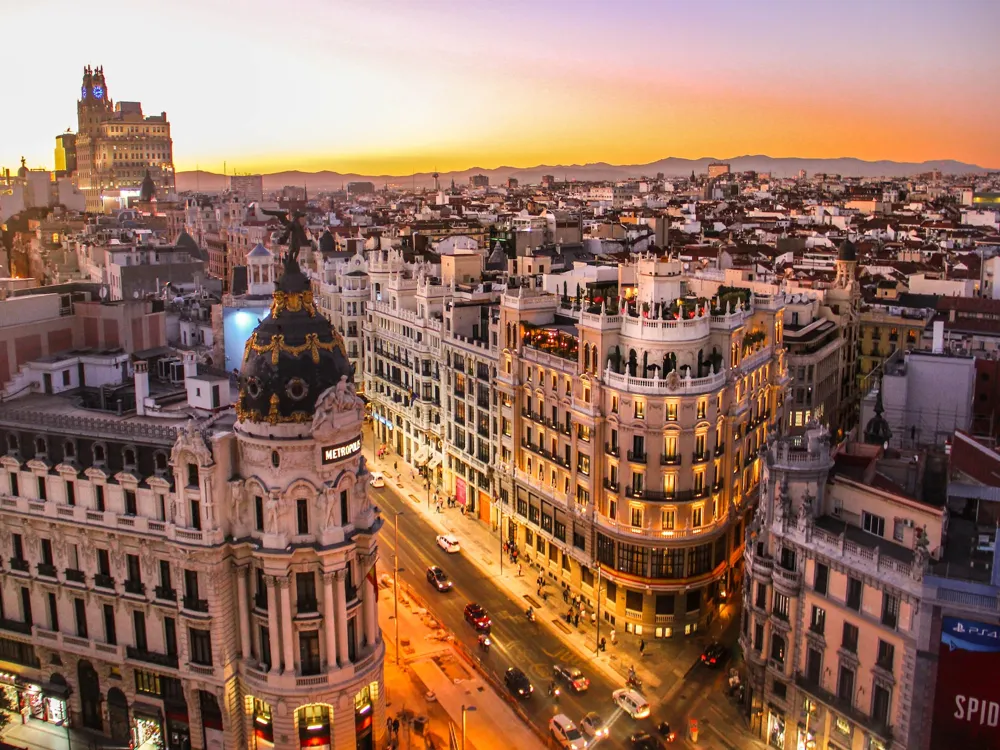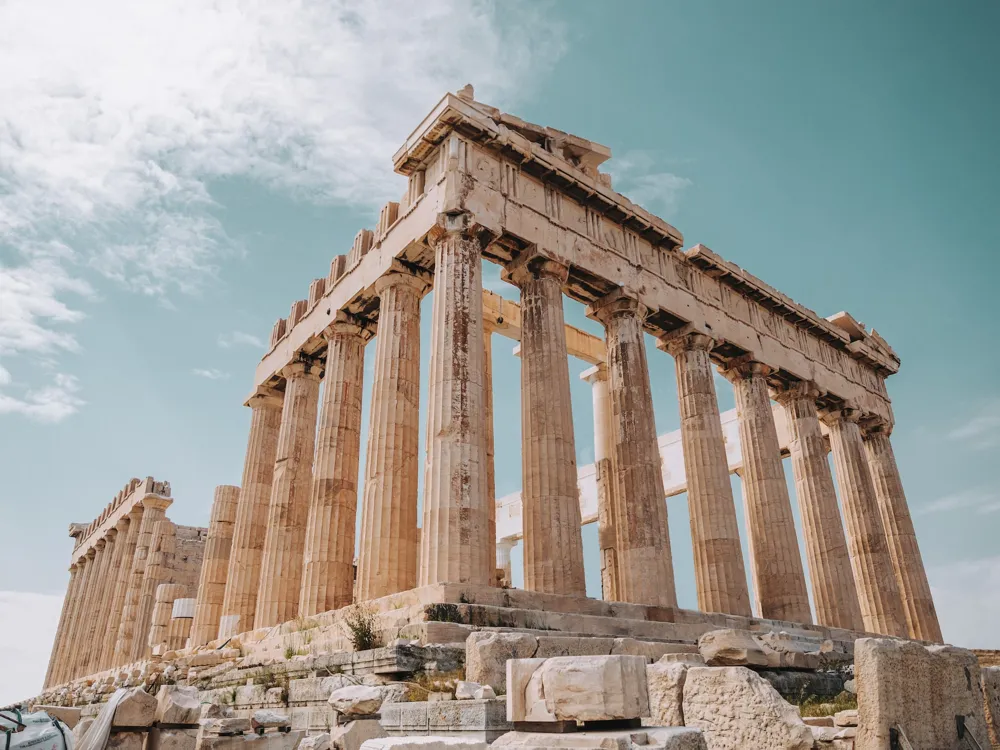Plan Your Travel To Naples
Places To Visit In Naples
Fontanelle cemetery
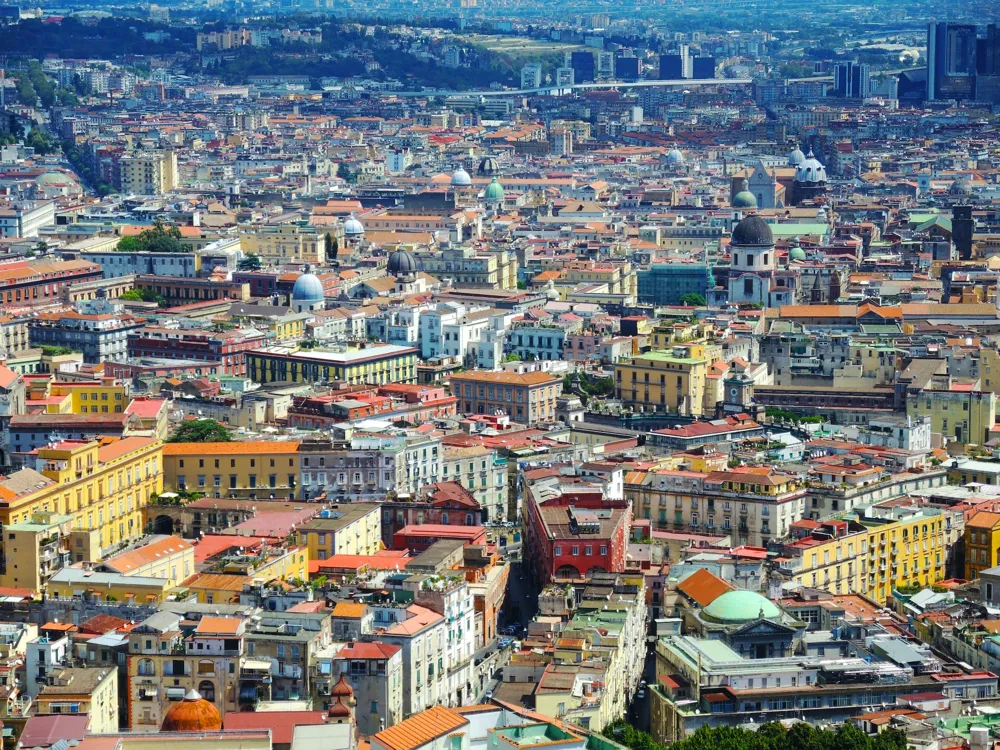
The Fontanelle cemetery in Naples is an ossuary in a cave carved out of a tuff cliff in the city's Materdei region. It is situated in the Sanità, one of Naples' most historically and culturally significant neighborhoods. It is the unofficial final resting place of such plague victims.
Experts estimate the death toll from the 1656 plague to be 150,000, or half of Naples' population. The victims died and were buried (or thrown into a cave) in the most chaotic circumstances, frequently without last rituals and nearly invariably without burial markers. As a result, it took decades for the city to recover from the consequences of the outbreak.The Fontanelle cemetery became the unofficial final resting place of the many anonymous victims and remains of cultural importance to Naples' history.
Read More
Funicular Ride
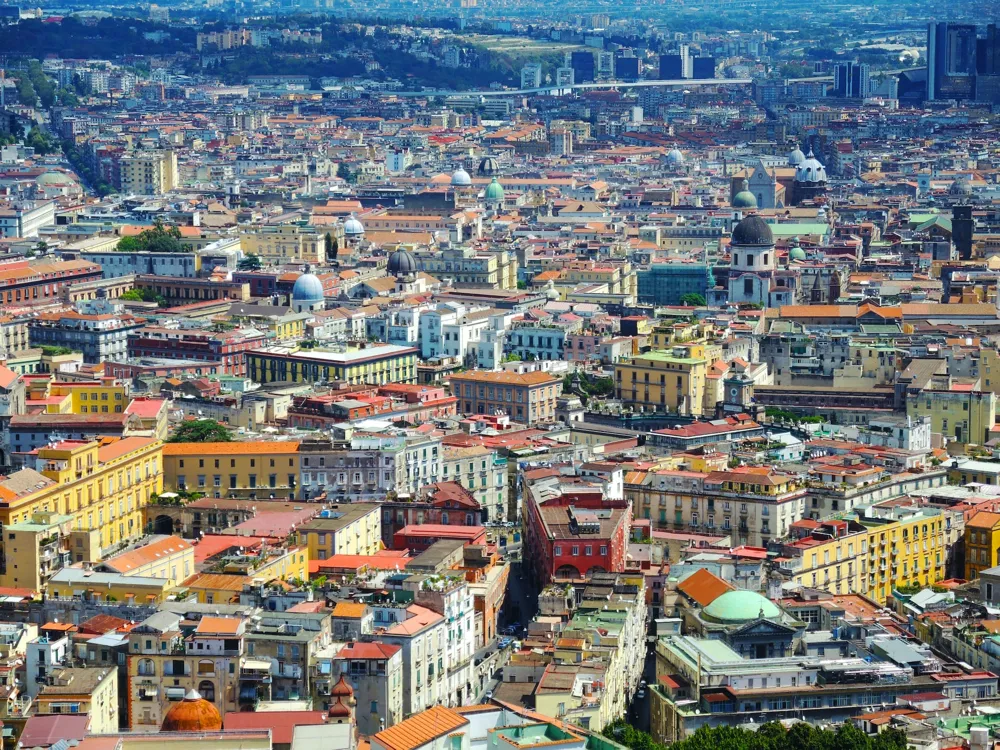
The Funicular Ride in Naples refers to the cable cars that run across the city in four lines, connecting the city center with Vomero and Posillipo districts via Mergellina. These rides not only function as public transport but are a fantastic way to tour the city with amazing views.
One requires a Unico Napoli TIC Ticket or an ANM ticket to ride through these cable cars. Funicular Ride routes through Naples:
Centrale Line : Augusteo - Corso Vittorio Emanuele - Petraio - Piazza Fuga
Chiaia Line: Parco Margherita - Corso Vittorio Emanuele - Palazzolo - Cimarosa
Montesanto Line: Montesanto - Corso Vittorio Emanuele - Morghen
Mergellina Line: Mergellina - San’Antonio - S. Gioacchino - Parco Angelina – Manzon
Read More
Gesu Nuovo
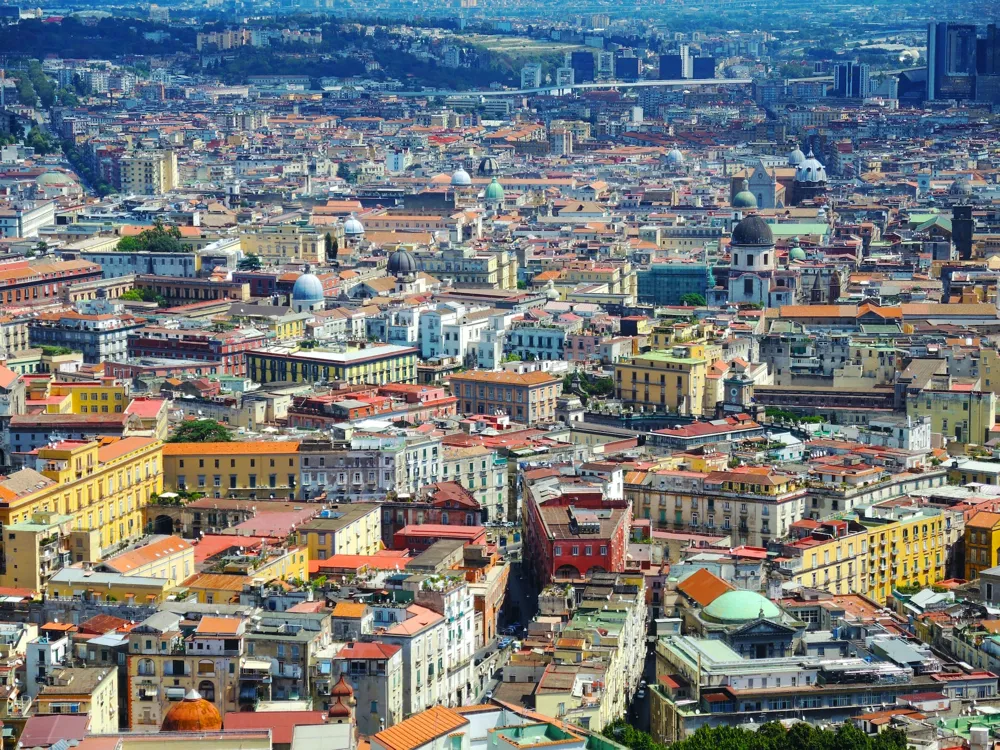
Perhaps the most beautiful church in all of Naples, Gesù Nuovo (translates to New Jesus), got its name to distinguish it from the old church of Jesus. Originally, Gesù Nuovo was a palace in the 15th Century, popular for its Neapolitan Renaissance interiors and majestic gardens.
Taken over by the Jesuits in the 16th Century and later affected by the bombings of World War II, the church underwent many changes, with the last restoration taking place in 1975.The bomb that went through the basilica's ceiling did not blast and remains inside the church till date.
Read More
Herculaneum
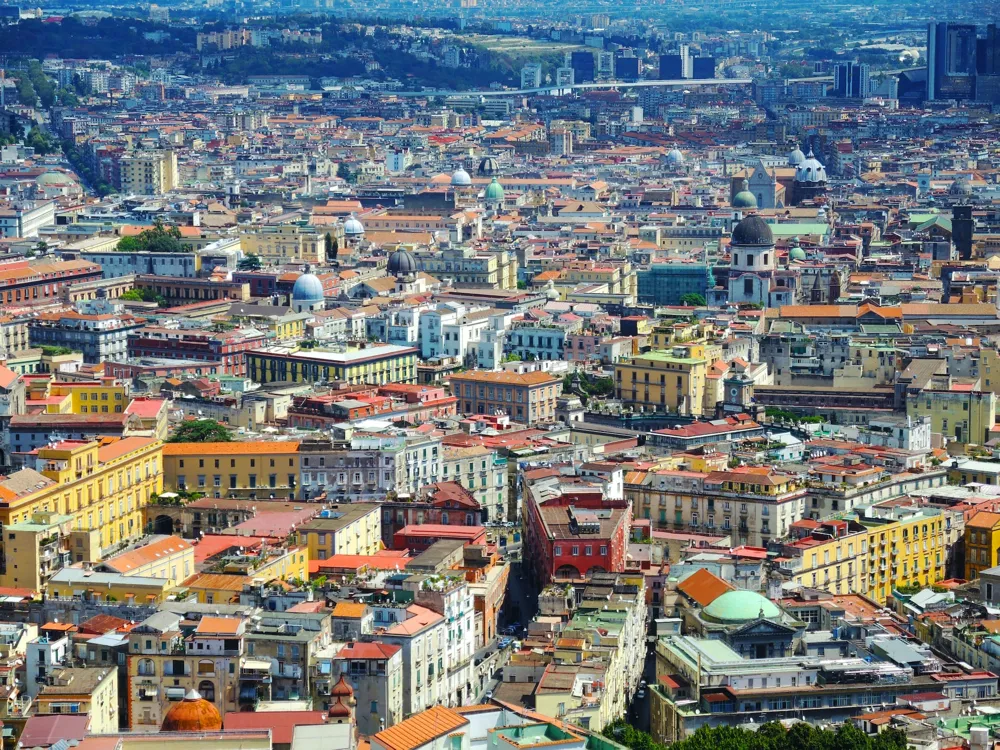
Named after the Greek mythological god Hercules, the god of strength and heroes, this ancient town in Campania, Italy, has been living in its ruins like Pompeii. Herculaneum was the first and only buried Vesuvian city for a long time. There is also a museum onsite.
Just after Mount Vesuvius erupted in 79 AD, the town was tucked under 40 feet of ash and debris. This layer of volcanic debris preserved a two-story mansion with the interior architecture and décor intact, including wood and marble features, decorations, jewelry, and even organic remains like food, offering an exceptional peek into the everyday lives of the primitive population of Herculaneum.A wealthier town and the seaside retreat of Roman elites, Herculaneum was accidentally rediscovered in 1709. This UNESCO World Heritage Site has several urban architectural pieces for tourists to explore and has constantly been under excavations to discover more remains by various archaeology specialists.
Read More
Ischia
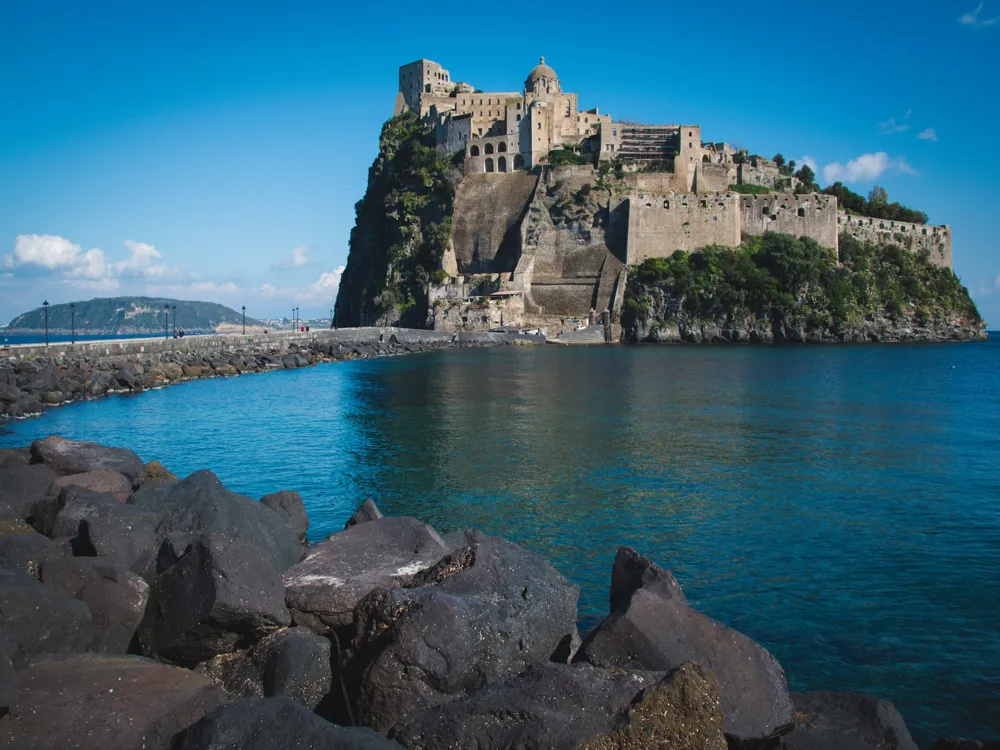
The volcanic island of Ischia is located on the Gulf of Naples. It is famous for its mineral-rich hot springs that erupt at Maronti Beach in the south. There are underwater Roman ruins at Cartaromana Beach in the east. A stone bridge connects the medieval Aragonese Castle to Ischia.
The Sea Museum, commemorating Ischia's fishing heritage, is located in the 18th-century Palazzo dell Orologio.
Linea 1 Metro
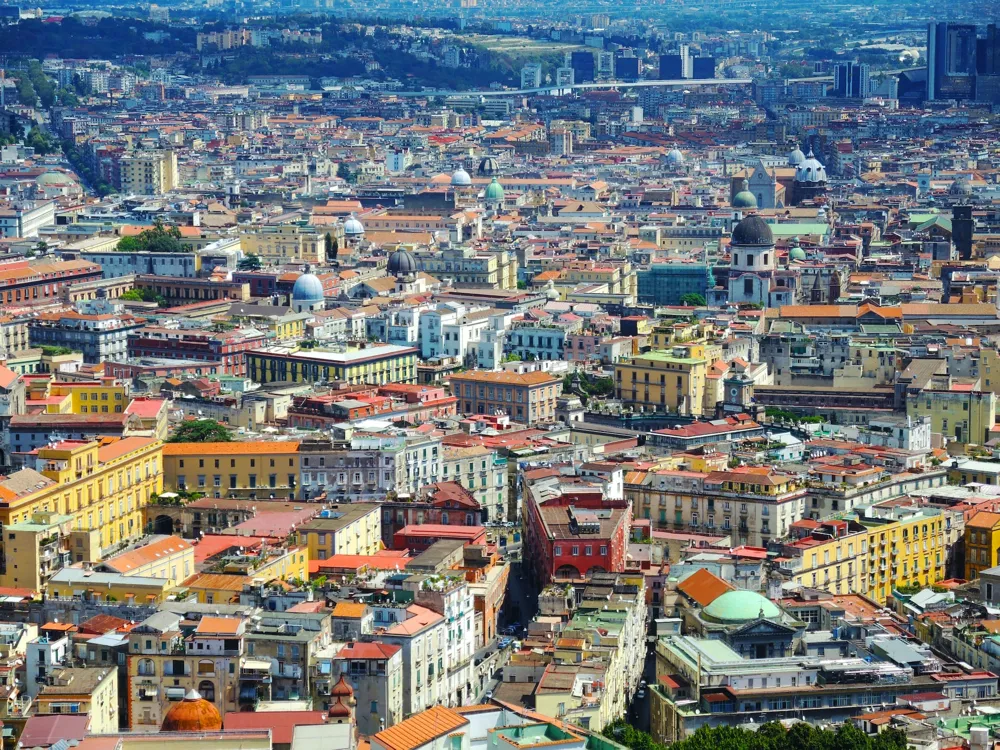
The Madrid Underground Metro line runs from Pinar de Chamartín in the north to Valdecarros in the south-east via Sol. As the name suggests, this was the first metro line in Madrid and throughout Spain. Since its inauguration in 1919, line 1 till date has maintained its status as the busiest metro route in Madrid.
Originally this line contained 8 stops but now has expanded to 33 stations.
MADRE Museum
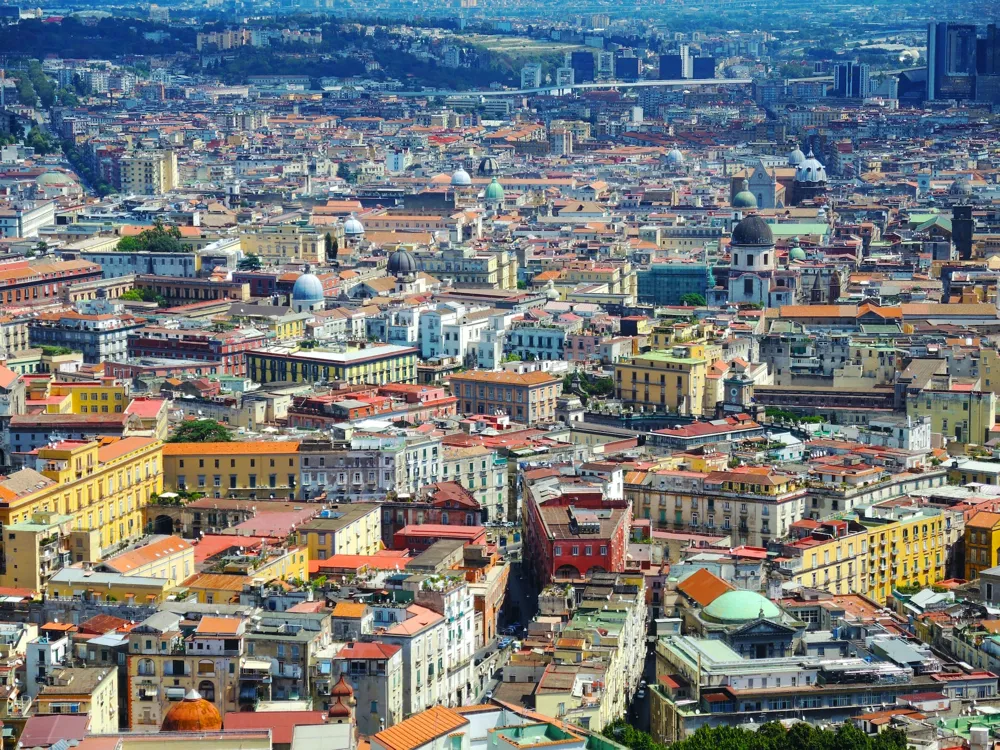
Located in the heart of old Naples, the Madre Museum nestles on the Via dei Musei in vicinity to the Museo Archeologico Nazionale and the Accademia di Belle Arti and the Duomo. Dating back to the 19th Century, this building is a classic example of historic stratification in Naples.
With 7,200 m sq space for exhibition, the court offers permanent art pieces and temporary exhibitions to the public all year round. After a long history of intrusion and invasion, the palace was finally restored into an Art Museum in 2005.
Read More
Sant'Anna dei Lombardi
The monumental basilica of Sant'Anna dei Lombardi houses sculptures and art pieces by Michelangelo. As you enter this renaissance complex, you'd find the Correale Chapel of Terranova to your right; this is where Michelangelo's angel is kept. It is located in piazza Monteoliveto.
Built towards the end of the 15th century, this is a one of its kind complex in modern Naples. Michelangelo's works at the complex can be dated back to the late 14th century, including his debatable sculpture of wooden Jesus. A touch of renaissance away from the technological world.
Read More
Mimi alla Ferrovia
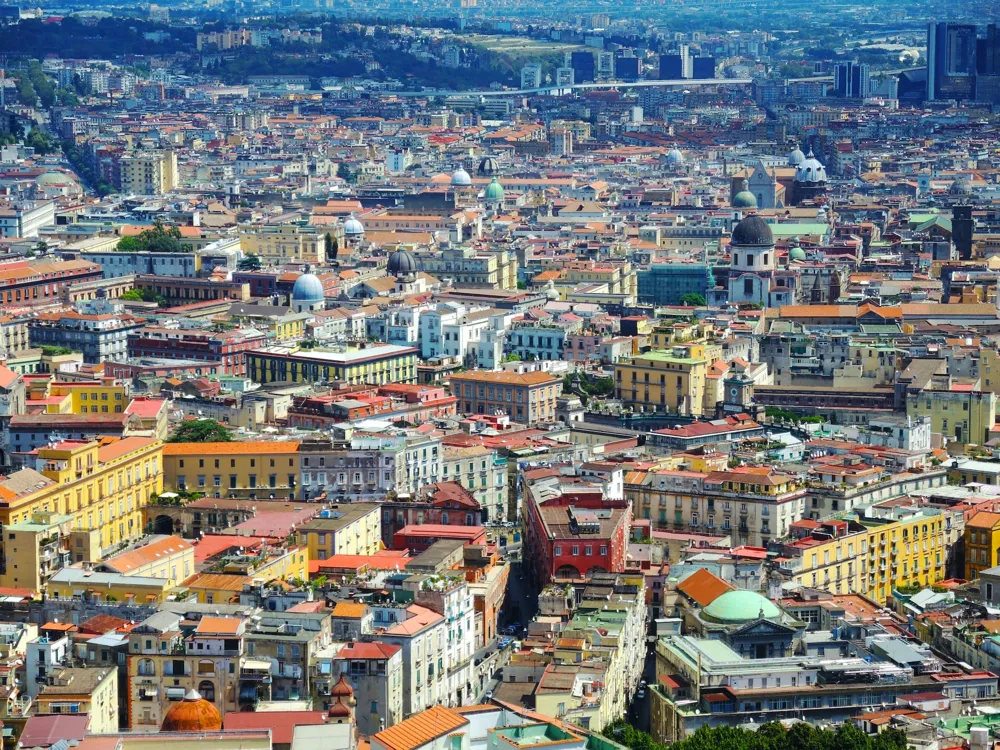
Mimi alla Ferrovia is located a stone's throw away from the station central Naples and a few kilometers from the international airport and motorway junctions and Mimi alla Ferrovia is well known for Spaghetti Alle Vongole. A restaurant with warm ambience and delicious meals,
Alongside the timeless recipes, there are also modern and refined ones for cuisine that remain unchanged in their goodness compared to many years ago. Spaghetti Alle Vongole is a signature dish from Naples, a coastal town. The kinds of pasta are flavorful and made with fresh ingredients,
Read More
Mount Vesuvius
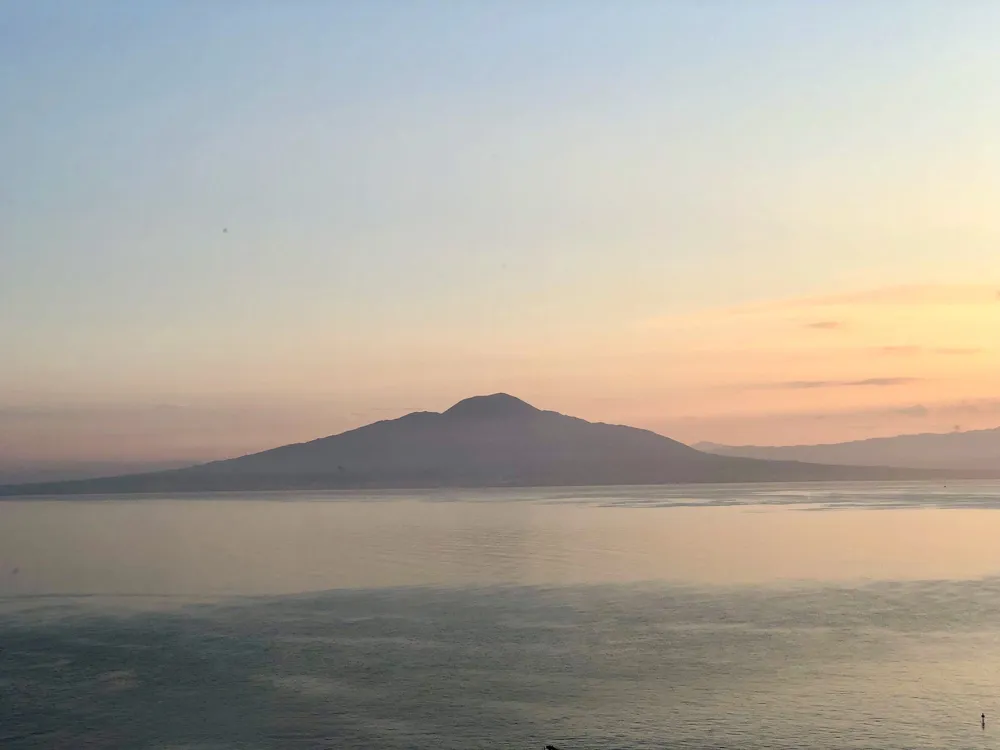
Mount Vesuvius is nestled on the Gulf of Naples, which has shaped the history of Italy over centuries, particularly in the Campania region. It is categorized as the most dangerous volcano in the world, owing to the vast population residing close to it. It is one of the only two active volcanoes in Europe.
Historically, this volcano buried the towns of Pompeii and Herculaneum under its debris; mythologically, it is believed to be devoted to Lord Hercules by Romans.Mount Vesuvius is around 1281 meters high, has a symmetrical core cone, and has steep, wooded slopes. The most popular route among tourists is the trail that ascends the highest points of the volcano to the crater's rim. It is not very rigorous, can be completed by anybody, and therefore does not require previous trekking experience.The trail is roughly 4 km long, up and back, 1,170 meters above sea level.Moreover, buses and shuttles drive tourists to the top from the parking lot at 2 Euros for a round trip.
Read More
Naples Travel Packages
View All Travel Packages Naples
Nearby Places Naples
Browse Package Collections
Browse Hotel Collections










